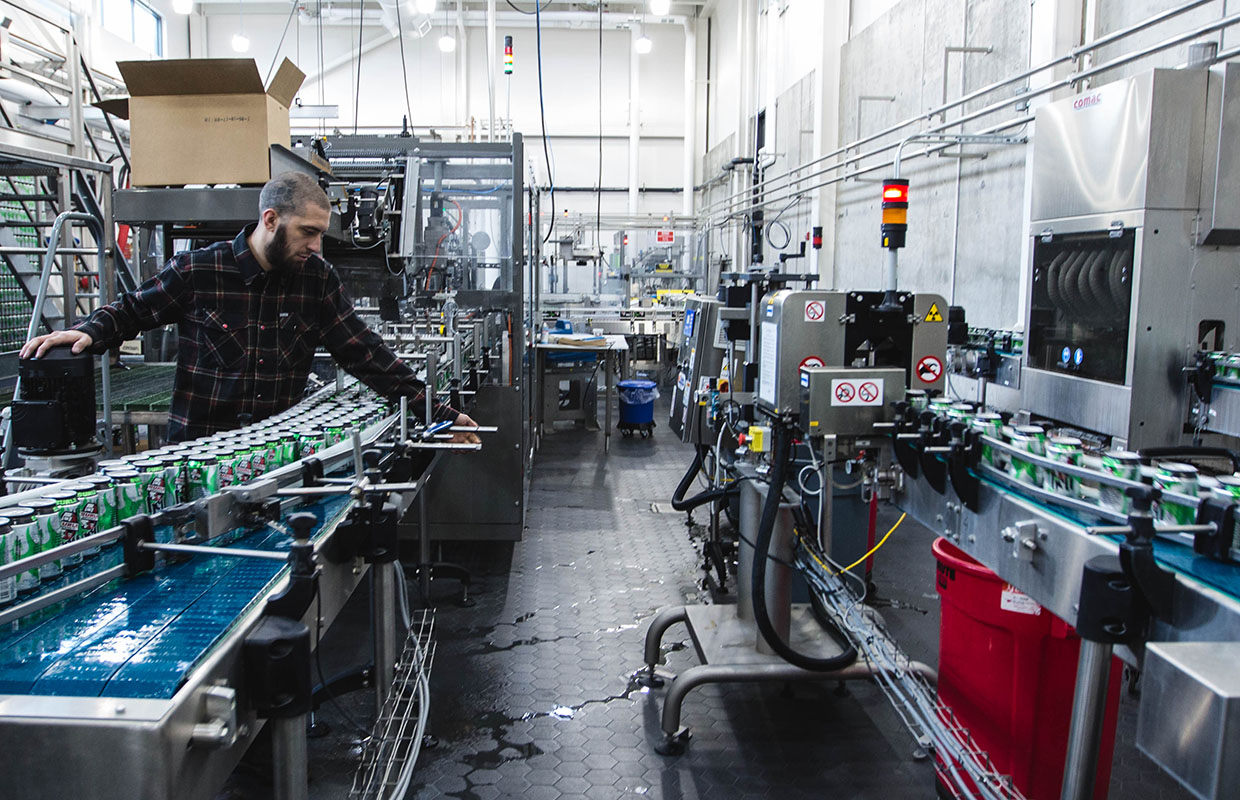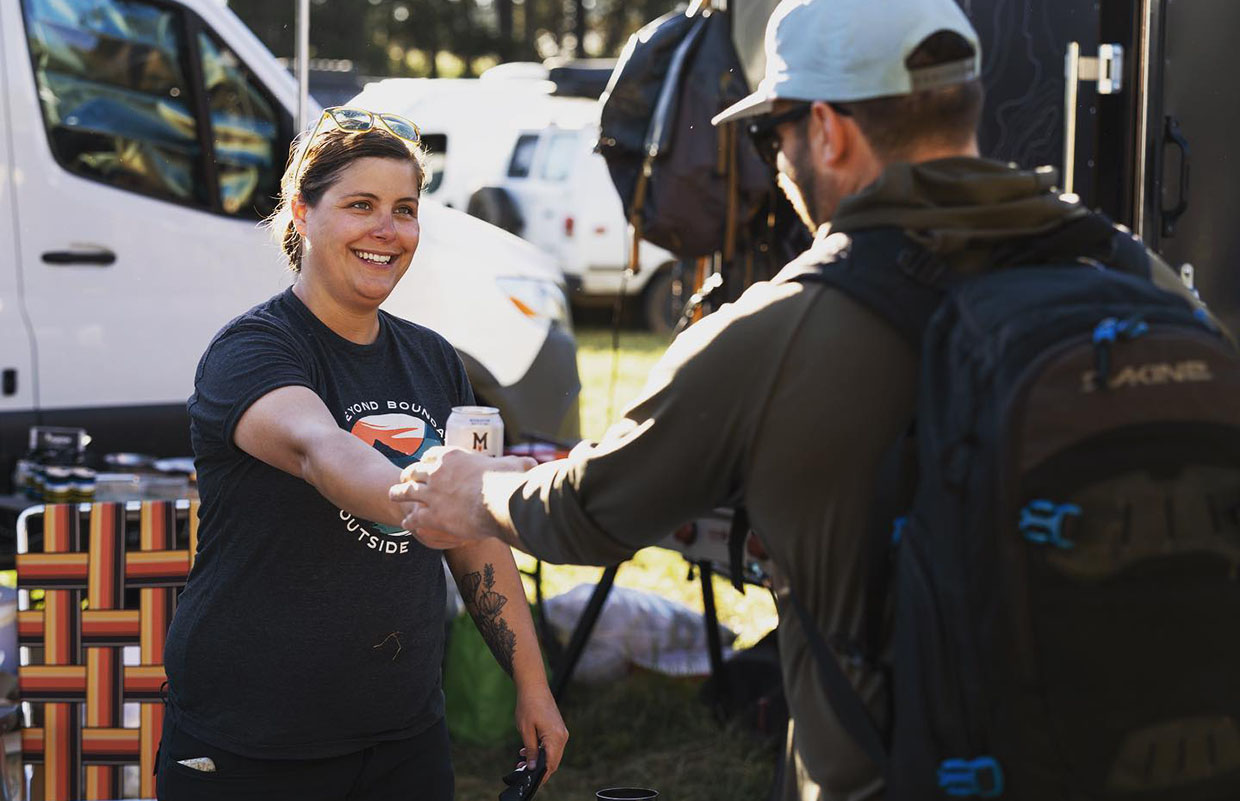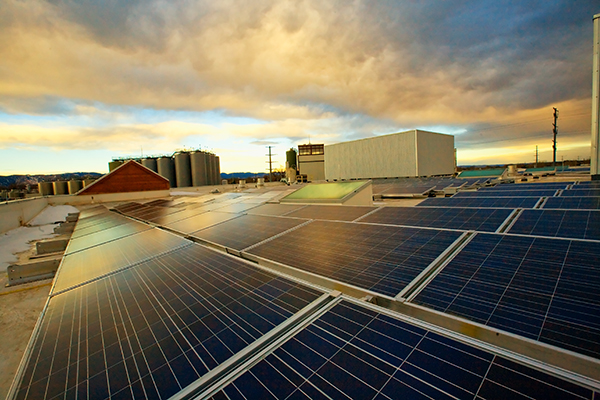
Oxygen is not your brewery’s friend … or even the friend of your consumers.
Having fresh beer that isn’t affected by O2 matters and can translate to repeat sales. Getting it right and preventing oxidation during carbing your packaging is a paramount part to ensure quality.
Identifying problems and solving them are a natural progression of growth for many breweries and sharing those strategies can help boost the entire industry.
Surly’s VP of Brewing Operations, Will Crosby, shared some tips and standards set by the Minneapolis brewery in the May/June issue of Brewer. He also spoke on bottling and canning pressures along with Evan Rouse, the co-founder, and CPO for Braxton Brewing while members of Topa Topa Brewing also gave their insights.
”The head pressure in the filler varies slightly depending on brand and filler performance but this is mostly done in conjunction with adjustments to pressure and flow on the bubble breaker and undercover gasser to meet TPO specs for filled cans,” Crosby noted.
Surly runs its filler head pressure at around 33 psi on can fillers, with room for minor adjustment based on the carb level of the beer and fill quality.
“[It helps in] ensuring ample foam before moving to the bubble breaker,” Crosby said.
Your bottling and canning equipment will tell you what pressure is needed to operate properly, explained Justin “Sarge” Clemente, the Lead Brewer for Topa Topa.
“But as for the brite beer tank’s head pressure, we try to maintain 14-15 psi — depending on the style, this may change for things like seltzer, nitro stouts, and such,” he added.
Despite using larger brite beer tanks as the California brewery has grown, Topa Topa Senior Brewer Graham Strong found that those pressures still work best and no changes have had to been made.
“We have had to increase our bulk carbon dioxide tanks as we have grown, but the pressure (like the song) remains the same,” he said.
When bottling or canning, Braxton will run its brite tanks with 20 pounds of head pressure, Rouse pointed out, adding that changes have been made.
“They originally started at/around 15 psi and were adapted to whichever machine we were running,” he said.
Photo courtesy Surly Brewing




Be the first to comment